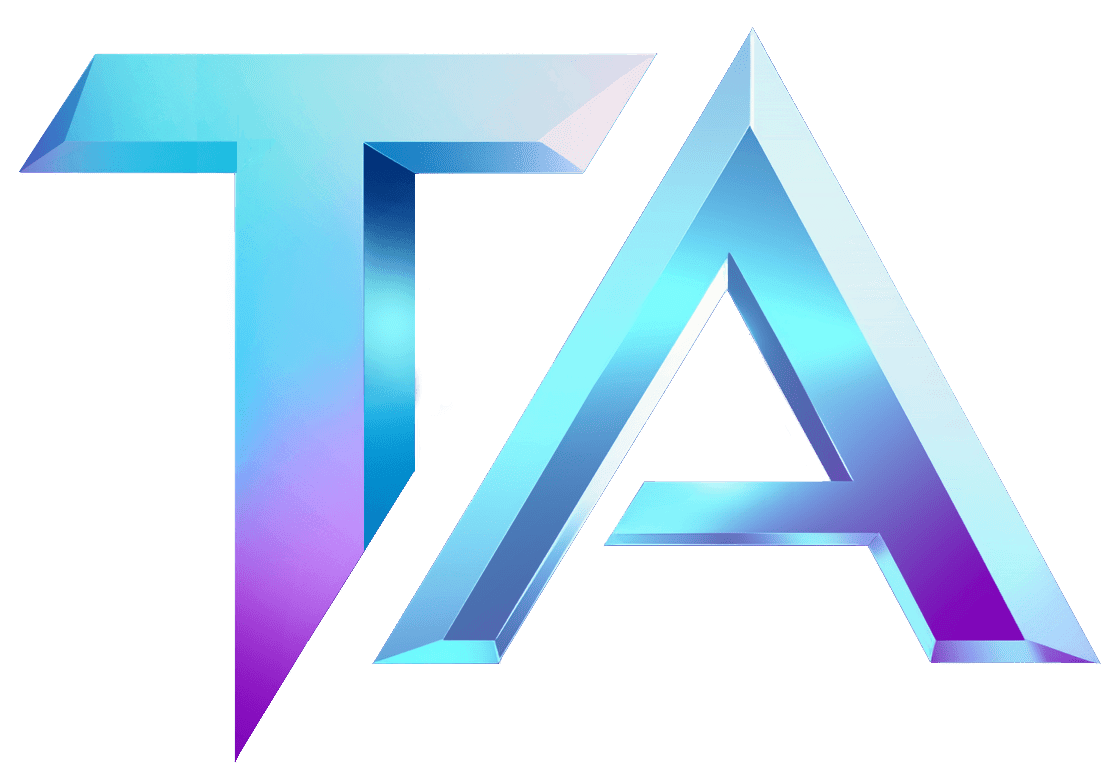Understanding Solana Tokenomics: Insights by Titan Analytics

Understanding Solana Tokenomics: Insights by Titan Analytics
At Titan Analytics, we believe that a solid understanding of Solana’s tokenomics is crucial for anyone looking to navigate the fast-paced worlds of cryptocurrency and decentralized finance (DeFi). As a Solana validator and an analytics platform for Star Atlas, we aim to break down the intricacies of Solana’s token ecosystem in a friendly and easy-to-understand way.
What is Tokenomics?
Tokenomics is a blend of “token” and “economics,” serving as a framework to understand the supply, demand, and utility of a cryptocurrency token—in this case, Solana’s native token, SOL. It covers aspects like token distribution, use cases, and market dynamics, illuminating how these factors influence the value and viability of the token.
Solana’s Unique Features
-
High Throughput: Solana is designed for speed. It can process thousands of transactions per second (TPS) with minimal fees, making it one of the fastest blockchains available today.
-
Scalability: Unlike many other networks, Solana can scale without compromising decentralization. This is achieved through its unique consensus mechanism, Proof of History (PoH), which timestamps transactions to enhance efficiency.
-
Low Costs: Transaction fees on Solana are exceptionally low, averaging just a fraction of a cent. This affordability encourages a more extensive use of decentralized applications (dApps) on the network.
Understanding SOL Token Distribution
Token distribution is a critical part of tokenomics that determines the initial supply and allocation of tokens. The total supply of SOL is capped at 489 million, with various allocations:
- Community: A significant portion (approximately 50%) is reserved for the community for incentivizing developers, users, and validators.
- Founders: About 12% of the total supply went to founders and team members, ensuring they have a stake in the network’s success.
- Investors: Early investors received around 25%, providing a financial backbone to support development and growth.
For a detailed breakdown, you can refer to the official Solana documentation.
Use Cases of SOL Token
-
Transaction Fees: Every transaction on the Solana network requires a small fee paid in SOL. This fee helps prevent spam and ensure the network operates efficiently.
-
Staking: Solana operates on a Proof of Stake model, meaning SOL holders can stake their tokens to support network security and earn rewards in return.
-
Governance: Although Solana’s governance model is still developing, SOL holders may play a role in future decisions affecting the ecosystem.
Market Dynamics
The tokenomics of Solana also influences market dynamics. With a balanced supply and demand system—bolstered by its adoption across various applications—SOL has shown resilience in a competitive market.
Conclusion
Understanding Solana’s tokenomics provides valuable insights into its ecosystem and the factors influencing the value of SOL. As the blockchain landscape evolves, Solana stands out for its technological advancements and user-centric features.
For those interested in delving deeper into Solana data and analytics, be sure to visit our modules page at Titan Analytics Solana Data Modules or contact us directly for any inquiries.
Here’s to making informed decisions in your Solana journey!




